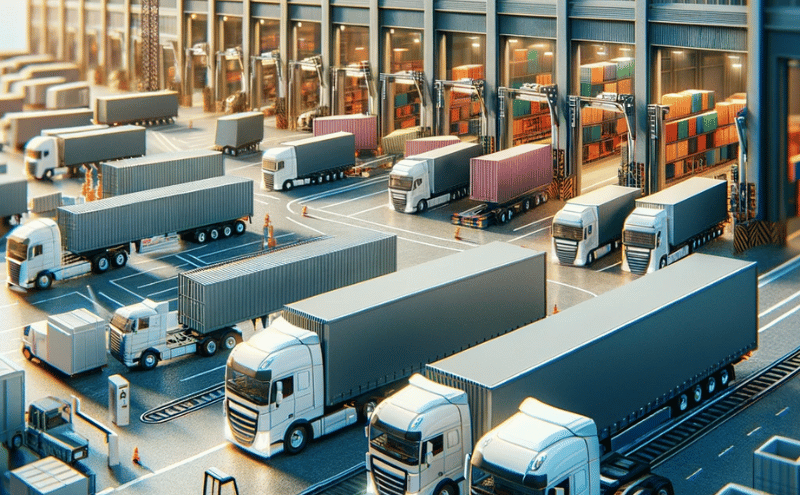Haulage vs. Logistics: Navigating the Complexities of Transportation and Supply Chain Management
In the intricate world of supply chain management, the terms ‘haulage’ and ‘logistics‘ are often heard, sometimes used interchangeably. However, understanding the distinct roles each plays in the transportation and management of goods is critical for any business involved in moving products from one place to another. Let’s explore these concepts to uncover the differences in haulage vs logistics and their importance in the global economy.
What is Haulage?
Haulage refers to the actual transportation of goods over land. Typically, it involves the use of vehicles like trucks and trains to move products from one location to another. Haulage is a critical component of the supply chain, especially when it comes to the final delivery of goods to their destination, often referred to as the ‘last mile’ of delivery.
The key characteristics of haulage include:
- Vehicle Operation: Haulage is primarily concerned with the operation of vehicles used in the transport of goods.
- Short to Medium Distance Travel: While haulage can cover long distances, it is often associated with shorter, more direct routes.
- Physical Movement of Goods: The core of haulage is the physical process of moving goods.
What is Logistics?
Logistics, on the other hand, is a broader term that encompasses the overall process of managing how resources are acquired, stored, and transported to their final destination. It involves the integration of information, transportation, inventory, warehousing, material handling, and packaging.
Logistics can be broken down into several key areas:
- Supply Chain Management: Overseeing the entire lifecycle of a product from production to delivery.
- Coordination and Planning: Scheduling and orchestrating the movement of goods in the most efficient manner.
- Storage and Warehousing: Managing where goods are stored before and during transportation.
- Information Flow: Ensuring that all parties involved in the supply chain have the necessary information regarding the movement of goods.
Key Differences Between Haulage and Logistics
- Scope: Haulage is a subset of logistics, focused specifically on the transportation aspect. Logistics covers a wider range of activities including storage, handling, and information management.
- Function: Haulage is a service that moves goods; logistics is the management of the movement of goods.
- Planning and Strategy: Logistics involves more strategic planning, looking at the most efficient and cost-effective ways to manage the flow of goods, while haulage is more operational.
Why Understanding the Difference Matters
For businesses, distinguishing between haulage and logistics is vital for efficient supply chain management. Knowing whether you need a haulage solution or a comprehensive logistics strategy can impact cost, efficiency, and the overall success of your operations.
For example, a business that needs to transport goods from a factory to a warehouse requires haulage services. However, if the same business needs to manage inventory, oversee warehouse operations, and ensure timely delivery to customers, it requires logistics management.
Conclusion
In conclusion, while haulage and logistics are interconnected, they are not the same. Haulage is about the physical transportation of goods, while logistics is an umbrella term that includes haulage but also encompasses the planning, management, and execution of complex supply chains. Understanding these distinctions is crucial for businesses to ensure that they are addressing the right aspects of their supply chain and making informed decisions about their transportation and logistics needs.
In today’s global market, where efficiency and timing are paramount, a clear comprehension of both haulage and logistics is more than just beneficial—it’s essential for success in any industry that relies on the movement of goods.




